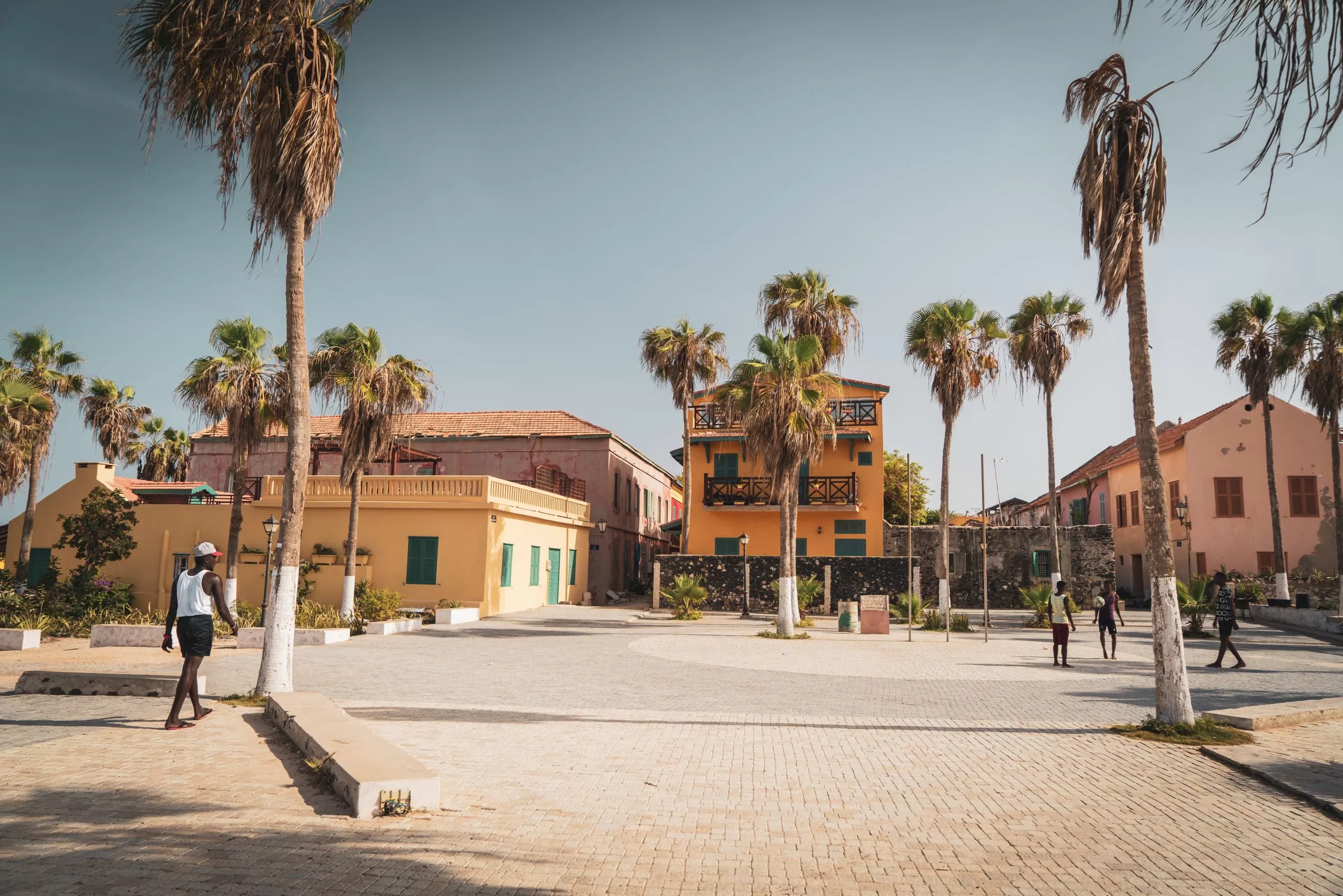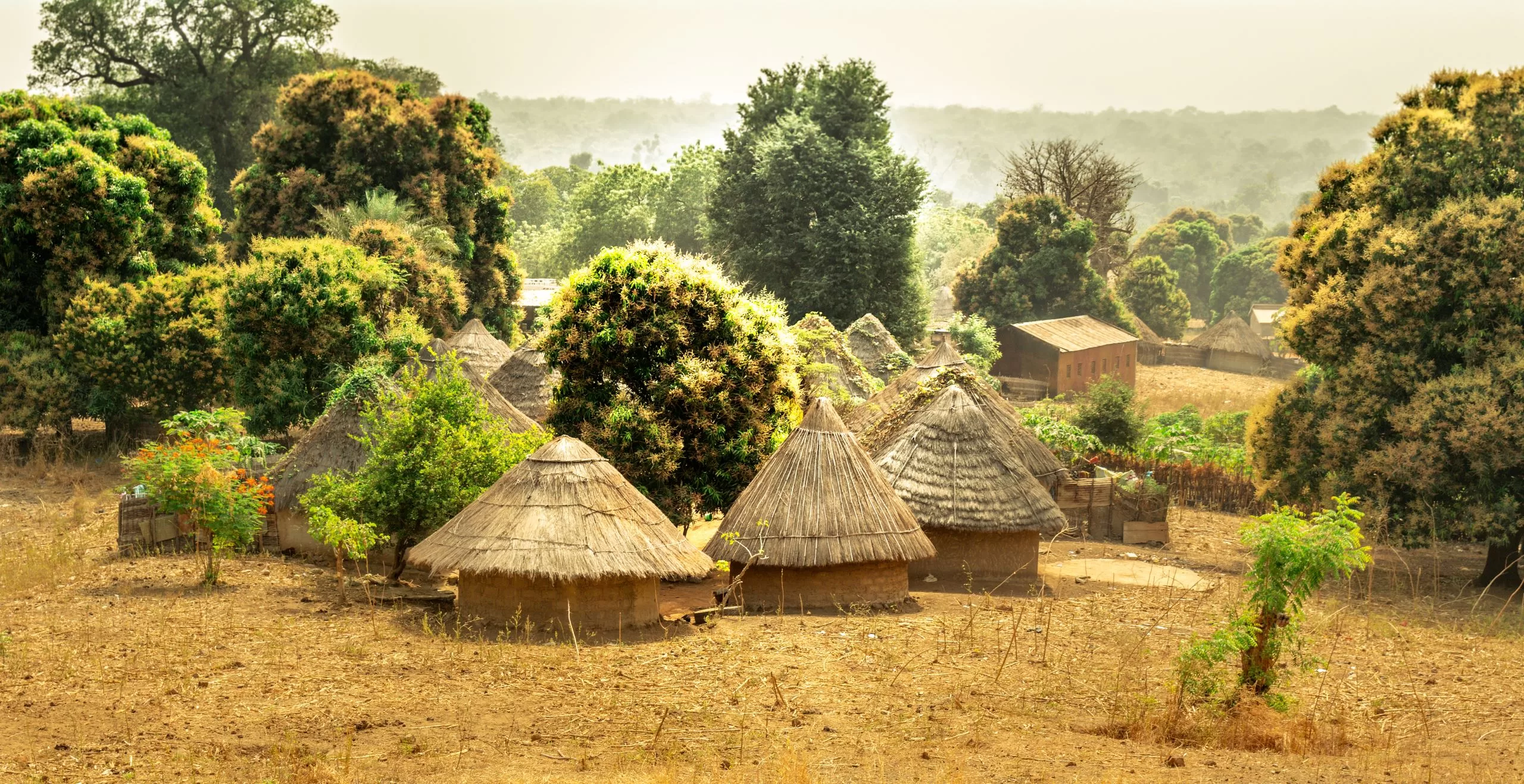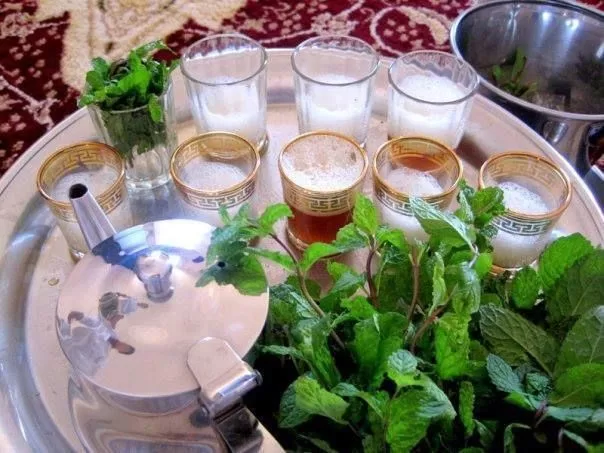Senegal, a country known for its vibrant culture, music, and welcoming spirit, extends its warmth into its homes. Senegalese houses reflect a rich heritage interwoven with modern sensibilities. In this article, we explore the types of homes you’ll find across Senegal, from urban apartments to traditional rural dwellings, and their unique architectural and design features.
Types of Senegalese Homes
In urban areas like Dakar and Saint-Louis, many middle-class families live in apartment buildings or single-family houses, often located in residential neighbourhoods with gated communities or along bustling city streets. These urban homes are designed to accommodate modern amenities, combining traditional influences with contemporary aesthetics. City dwellings are generally compact due to the high population density, but even smaller spaces are creatively designed to ensure comfort and functionality.

In rural areas, homes often adhere more closely to traditional building techniques and layouts. Many rural homes in Senegal are crafted from locally sourced materials like clay, wood, and thatch, a construction style that harmonises with the country’s warm climate. Circular huts with thatched roofs or rectangular adobe structures are common, particularly in the Sahelian regions.

Architectural Features
Senegalese architecture often blends traditional African designs with colonial influences. In cities, French colonial architecture is evident, with high ceilings, shuttered windows, and iron railings gracing many buildings. Large balconies or verandas are a staple, providing outdoor spaces for relaxation, socialising, and a respite from the tropical sun. Contemporary styles merge with heritage design, resulting in open, airy spaces that encourage cross-ventilation—essential in Senegal’s warm climate.

Furniture and Decor
Furniture in Senegalese homes is often a mix of imported and locally crafted pieces. In urban areas, modern furniture such as sofas, dining tables, and beds are frequently crafted from local woods like mahogany and accented with colourful fabrics. The use of wax prints, or wax cloth, for upholstery is a popular choice, bringing a burst of traditional Senegalese colour and design into the home.

In rural homes, furniture tends to be simpler and more practical, typically including low wooden stools, mats, and basic storage units. Handwoven mats and cushions are essential for seating, while many homes feature beautifully carved wooden furniture, including stools and low tables, showcasing the craftsmanship of Senegalese artisans.
When it comes to decor, Senegalese homes are a visual feast. Intricate wall hangings, masks, and paintings—often depicting scenes from Senegalese history or traditional motifs—decorate the walls, reflecting the country’s artistic heritage. Colourful rugs and tapestries add warmth to the interiors, while pottery and woven baskets bring an earthy, artisanal touch. African sculptures and figurines are also popular, each piece telling a story or carrying cultural symbolism.

The Heart of Hospitality
Hospitality is deeply rooted in Senegalese culture, and homes are often designed to facilitate warm gatherings. In urban households, a spacious living room or a covered terrace often serves as the main space for entertaining. Senegalese people take pride in offering guests a comfortable environment, complete with refreshments and traditional meals. In the city, you’ll likely encounter modern dining tables where guests are served dishes like thieboudienne (Senegal’s famous rice and fish dish) or yassa (a marinated chicken or fish dish), often accompanied by fresh juice.
In rural settings, hospitality is even more communal. Visitors are typically welcomed into a central courtyard, where mats or low stools are arranged for seating. Meals are often shared from a large communal bowl, following the custom of teranga—Senegalese hospitality that embraces everyone as family. The preparation of tea, called ataya, is an essential ritual in many Senegalese homes, with rounds of tea served to guests as a symbol of friendship and connection.

By exploring these varied styles, we get a glimpse into the Senegalese way of life—a lifestyle that values tradition, adapts to modernity, and always welcomes guests with open arms.


